Travel Ontario, Canada: A Winter Visit To Point Pelee
Travel Ontario, Canada: A Winter Visit To Point Pelee
By Cheryl Smyth
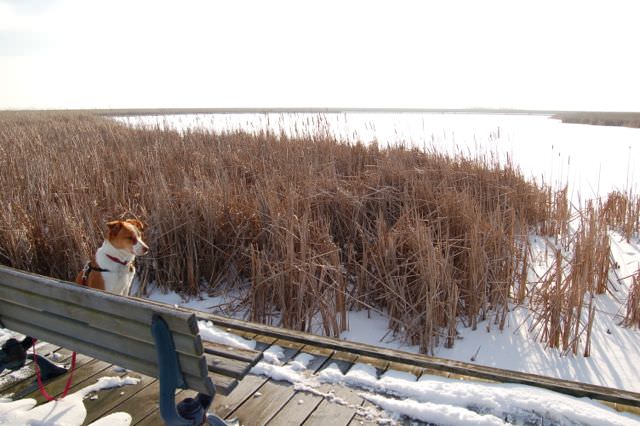
Travel Ontario, Canada: A Winter Visit To Point Pelee
Southern Ontario is a vast land that boasts the Great Lakes, Carolinian forests, and rich agriculture. Though winter temperatures may result in many of these features being covered in snow, there is no reason to endure restlessness and cabin fever inside. For those who wish to venture outdoors and enjoy the snowy, icy scenery, there are countless places to explore.
Many of the province’s parks stay open throughout the winter, such as Point Pelee National Park. It is located southeast of Leamington, on the shores of Lake Erie. Point Pelee’s unique habitat exists in the southernmost region of Canada, within a narrow band of moderate temperatures supporting a variety of flora and fauna not seen in other regions of Ontario. This fragile natural environment exists in one of Canada’s smallest national parks at approximately 20 kilometres² (8 miles²) — two thirds of which is marsh—and brings in approximately 300,000 visitors annually. Jutting out into Lake Erie, the landscape is cone shaped and dwindles down to a point that rests on the same latitude as northern California.
Point Pelee is a day use only park that is open daily from 7 a.m. to 7 p.m. in winter. The admission fee, which helps support visitor services and facilities, is less than the cost in summer. The price will vary depending on the age and number of people.
Once you pay at the entrance gate, you will continue on the main road running through the park. Signs along the way indicate the numerous hiking trails. There are over 12 kilometres (8.5 miles) of trails boasting a variety of landscapes. Each one has its own parking lot. The trail system includes the Marsh Boardwalk Trail, which meanders through a sea of cattails dotted with ponds, and the DeLaurier Trail, which features a cedar savannah, swamp forest, marsh area, and the former DeLaurier homestead and artifacts. Some of the trails are multi-use and can be used for cross-country skiing in addition to hiking. Starting in January, if enough ice has formed, skating is offered on the main waterway running through the Marsh Boardwalk area.
The Visitor Centre is located deeper in the park and is open in the winter on weekends, from 11 a.m. to 5 p.m. The centre features assorted exhibits, the Children’s Discovery Room, and the Nature Nook Book Store.
The road continues from the Visitor Centre to the Tip, where there is a small information pavilion. The shuttle would normally take you the 2 kilometres (1.2 miles) between these two points during the warm months of the year; however it doesn’t run in the winter. You are then permitted to use your own vehicle. From the pavilion there is a .4 kilometre (.25 mile) hike to the actual tip. You can take the path to the beach and walk out to the southernmost tip of mainland Canada. Watch for slippery areas as the tree lined sandy beach can get icy.
In winter, with the dense foliage gone, you can easily observe the unique offering of vegetation that makes up the eastern deciduous forest or more popularly known as the Carolinian forest. A rare assortment of trees for Canada, such as the hackberry, tulip tree, and black walnut, is enhanced by a variety of vines, including wild grape and poison ivy. After a fresh snowfall the scenery is picture pretty with the woodland covered in white.
During the cold months, a few animals may be spotted throughout the winter landscape. As the wardens open the gate in the mornings, sometimes they see deer, which tend to be shy. Wild turkeys travel as a group throughout the park, especially along the roadways. The interpreters at the centre can let you know where they were last seen.
Several species of birds can possibly still be sighted during winter. Pt. Pelee is a well-known birders’ paradise since an extensive variety of migrating birds stop in the park as they pass through every spring and fall. Fall migrants may stay as late as mid-December. Some of the species are permanent residents and some, like the northern shrike, are winter visitants. The spring migration season at Pt. Pelee starts with the appearance of horned larks as early as the end of January or the start of February. By March, a noticeable migration of birds is underway.
Eventually, all the enjoyment of Pt. Pelee may bring about a need for refreshment. You’ll need to bring your own since the Cattail Café, the only food service, is not open in winter. There are many choices of restaurants, however, in nearby Leamington. If only restroom breaks are needed a few are open at key points around the park, such as the one at the pavilion at the Tip.
By visiting Pt. Pelee National Park off-season, you miss the summer rush and can have a peaceful, quiet day for exploration. So get out for the day and enjoy what Ontario has to offer. The TV will be waiting for you to cozy up in front of when you get home in the evening.
If You Go:
- Before you head out for the day give Pt. Pelee a call on their 24-hour service line (519-322-2365) to get a snow and ice condition update along with other useful information.
- If you have any particular questions call 1-888-773-8888; you may have to leave a message but someone will return your call.
- The staff is very friendly and always willing to answer questions.
- Details, along with an abundance of other interesting information including any organized activities provided, can be found on the Pt. Pelee website.

WJ Contributor Cheryl Smyth
Bio:
Cheryl Smyth has been a photographer for 20 years and has recently added writing to her repertoire. The desire of having her dog, Tessi, with her on her travels has inspired her to discover all that pet travel has to offer. Some of her travel stories and photography can be found on her website www.cstravelsandpics.ca.

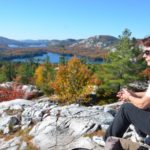







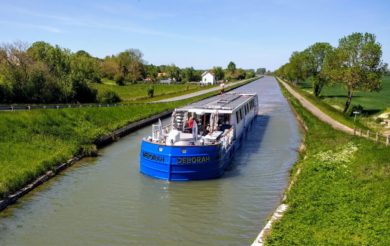







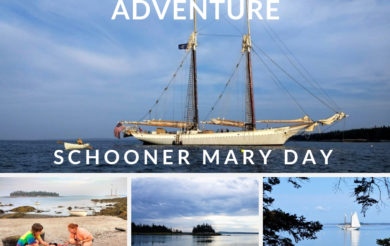
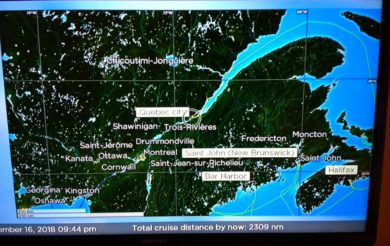


Pingback: Writing and Photography About Travel with Dogs by Cheryl Smyth » POINT PELEE NATIONAL PARK